Bowed legs in adults, medically termed “genu varum,” can result from various factors like genetics, osteoarthritis, or a history of injury. Let us learn how to fix bowed legs in adults.
What Are Bowed Legs In Adults?
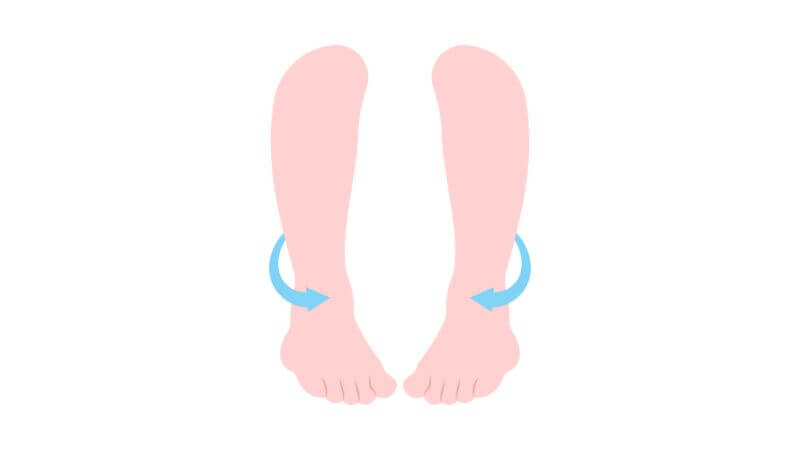
This condition is characterized by an outward curve of the lower legs, causing potential discomfort, uneven wear on joints, and difficulty walking. Consultation with a medical professional is advised for accurate diagnosis and appropriate management, which may include exercises, orthotic devices, or surgical intervention.
Signs And Symptoms Of Bowed Legs In Adults
Before getting to an answer How To Fix Bowed Legs In Adults? First let us know the signs and symptoms:
- Visible Curvature: Outward bending of the lower legs, causing a gap between the knees while standing with feet together.
- Knee or Joint Pain: Discomfort or pain around the knees and other joints due to uneven distribution of weight and stress.
- Walking Difficulties: Altered gait or difficulty walking normally due to the leg curvature.
- Joint Wear: Uneven wear on the knee and hip joints, potentially leading to joint problems like osteoarthritis.
- Limited Mobility: Reduced range of motion in the legs, affecting flexibility and mobility.
- Muscle Fatigue: Strain on muscles around the knees and thighs, leading to fatigue or weakness.
- Body Alignment Changes: Bowed legs can impact overall body alignment, potentially causing issues with the spine and posture.
- Instability: Reduced stability while standing or walking, which can lead to balance issues. source
Causes Of Bowed Legs In Adults
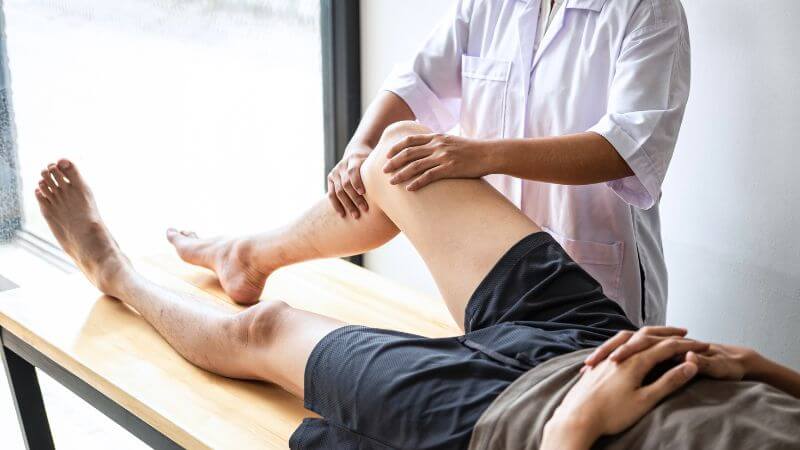
Let us know the causes before How To Fix Bowed Legs In Adults?
- Genetics: Inherited traits can predispose individuals to develop bowed legs.
- Osteoarthritis: Degeneration of the knee joint cartilage can lead to changes in leg alignment.
- Rickets: Vitamin D deficiency during childhood can affect bone growth and lead to bowed legs.
- Blount’s Disease: A growth disorder affecting the shin bone’s growth plate, causing bowing of the legs.
- Injury: Fractures or injuries to the legs can impact their alignment during healing.
- Obesity: Excessive body weight can contribute to stress on the joints and alter leg alignment.
- Congenital Conditions: Some birth defects can lead to abnormal bone development and bowed legs.
- Underlying Medical Conditions: Conditions like Paget’s disease or skeletal dysplasias can affect bone structure.
- Muscle Imbalances: Weakness or imbalance in leg muscles can impact leg alignment.
- Aging: Changes in bone density and joint health as people age can influence leg alignment.
How To Fix Bowed Legs In Adults?
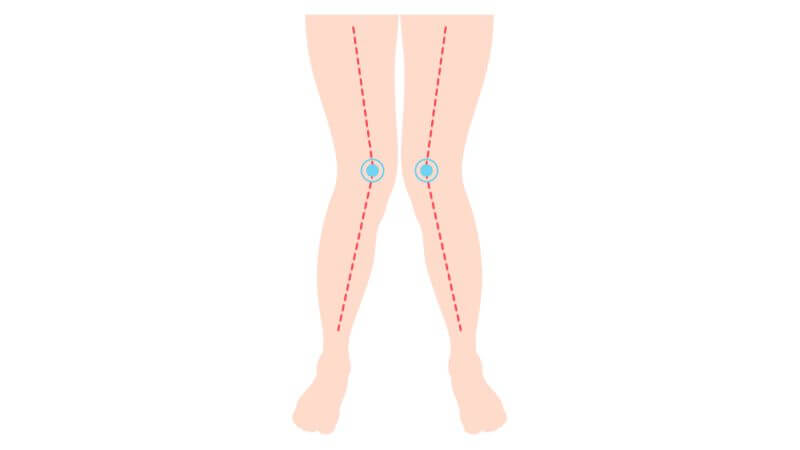
There are several ways on how to fix bowed legs in adults depending on the underlying cause and severity of the condition. Here are some general approaches that might be considered:
-
How To Fix Bowed Legs In Adults? Conservative Measures:
- Physical Therapy: Strengthening and stretching exercises can help improve muscle imbalances and promote better leg alignment.
- Orthotic Devices: Custom-made shoe inserts or braces can help provide support and correct alignment.
-
Weight Management:
- If obesity is a contributing factor, weight loss can help reduce stress on the joints and improve leg alignment.
-
How To Fix Bowed Legs In Adults? Surgical Options:
- Osteotomy: Surgical procedure that involves cutting and realigning bones to correct the bowing.
- Joint Replacement: In cases of severe osteoarthritis, joint replacement surgery might be necessary.
-
Medical Treatment:
- If an underlying medical condition (like rickets or vitamin D deficiency) is causing the bowed legs, treating the condition can help improve leg alignment.
-
Monitoring and Supportive Care:
- Regular check-ups with a healthcare professional can help monitor the condition and make necessary adjustments to the treatment plan.
It’s crucial to consult a medical professional before pursuing any treatment. They will assess your specific situation, conduct tests if necessary, and recommend the most appropriate course of action based on the cause and severity of your bowed legs. source
Summing Up
Hopefully, we explained how to fix bowed legs in adults efficiently to you. The treatment depends on the underlying cause and thus, solutions may involve exercises to strengthen muscles and improve alignment, orthotic devices for support, or, in severe cases, surgical correction.
Follow Us: Facebook | Instagram | Twitter | Pinterest
Also Read: Is Cocoa Butter Vegan?


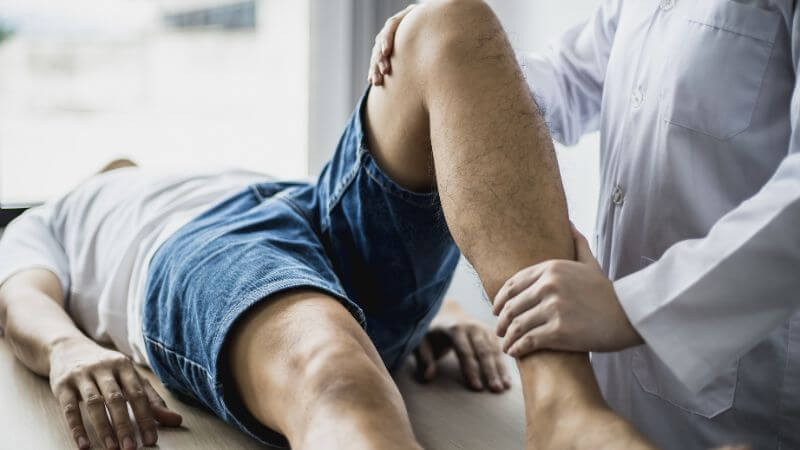

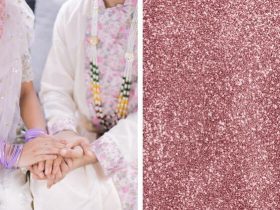


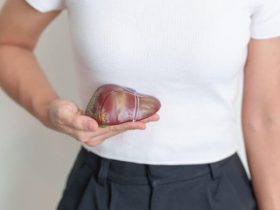
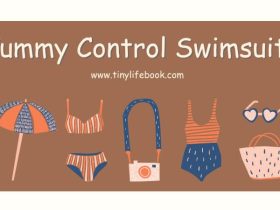




Leave a Reply